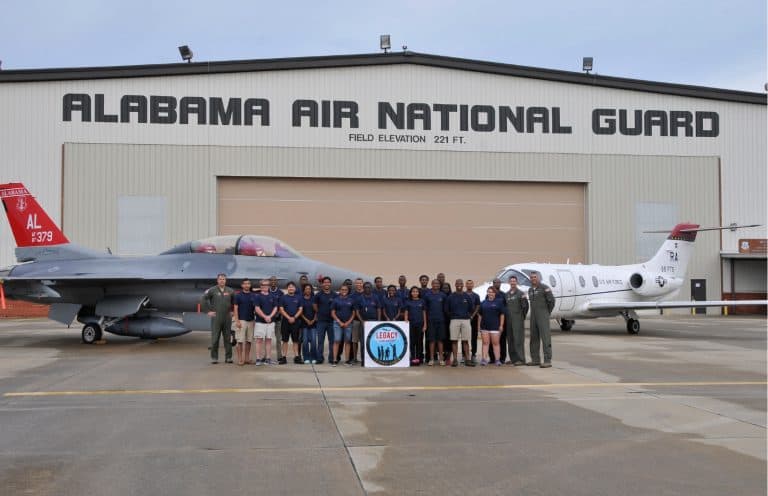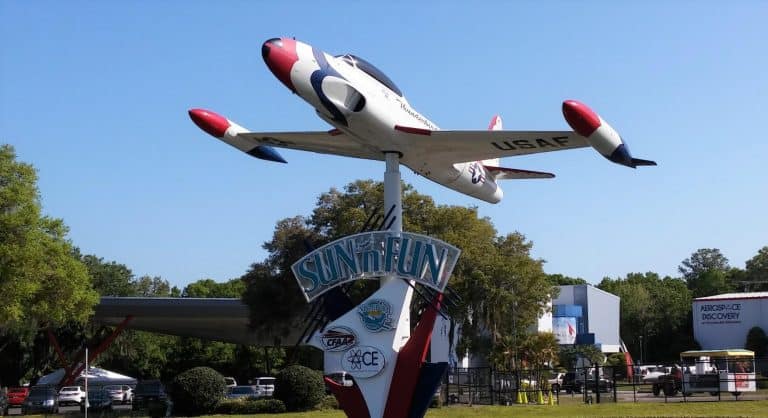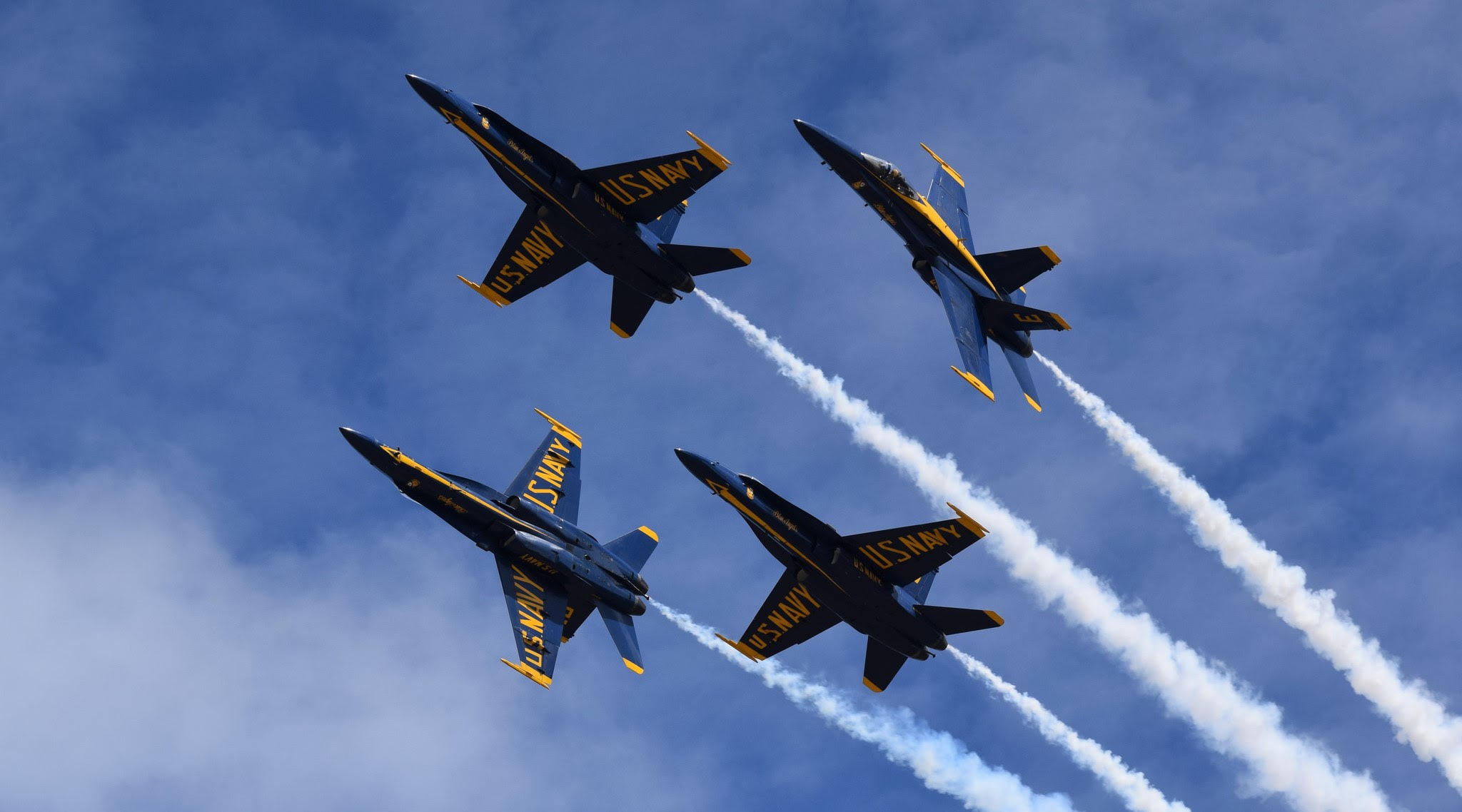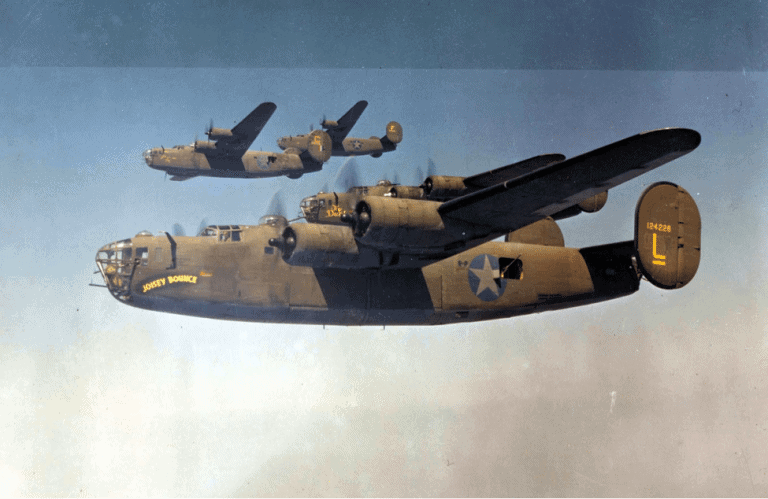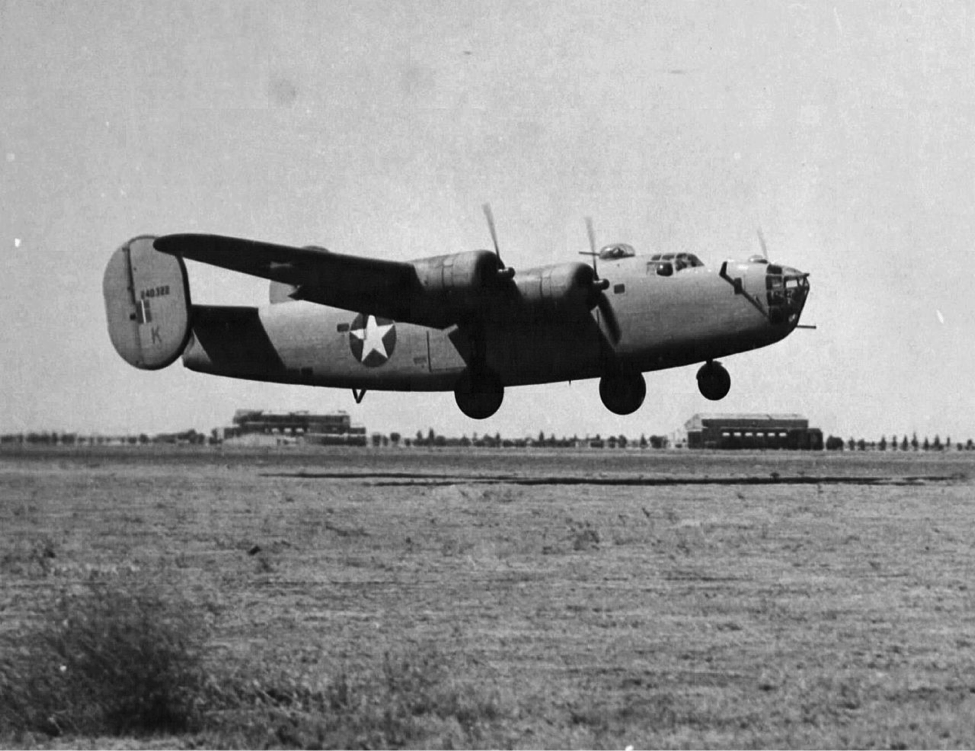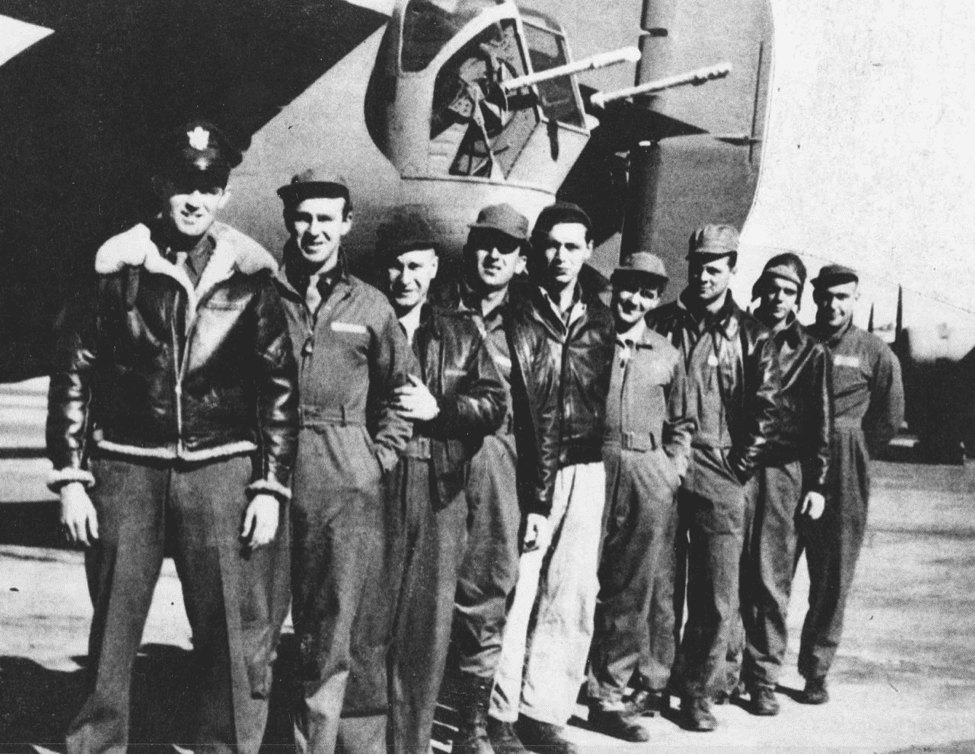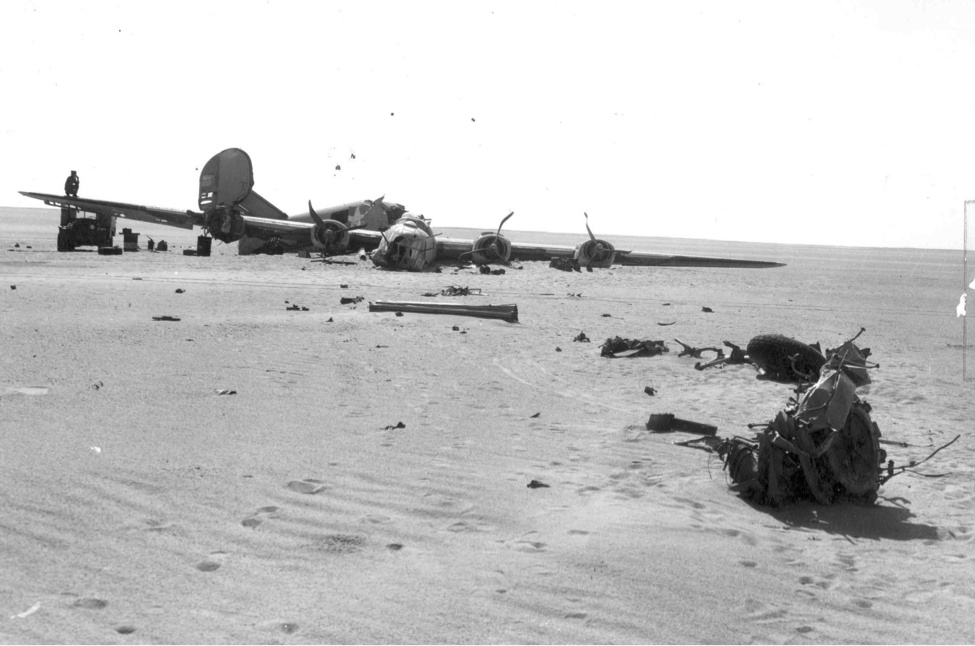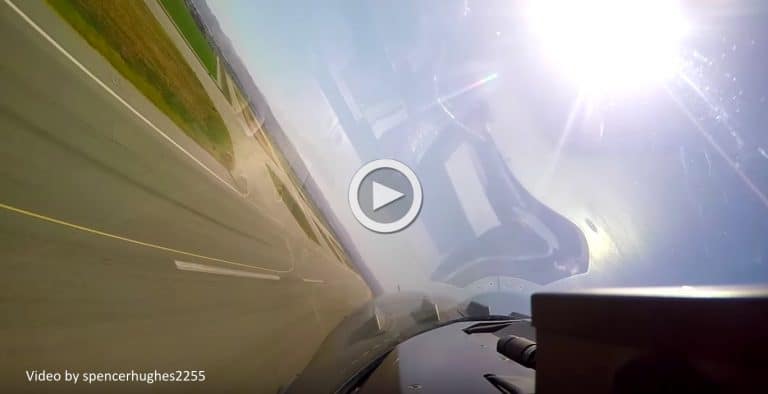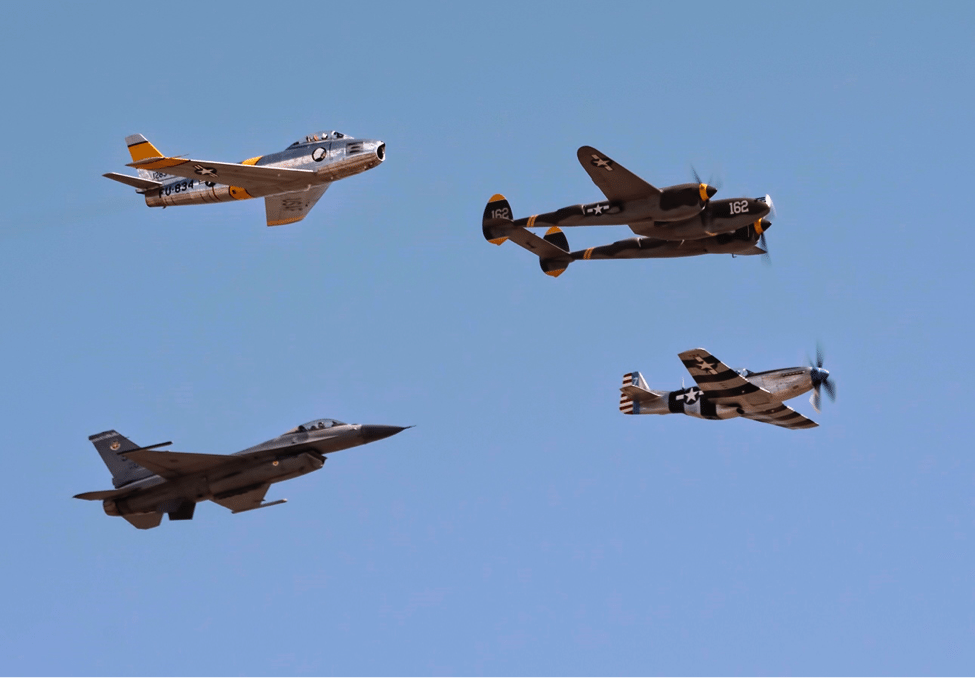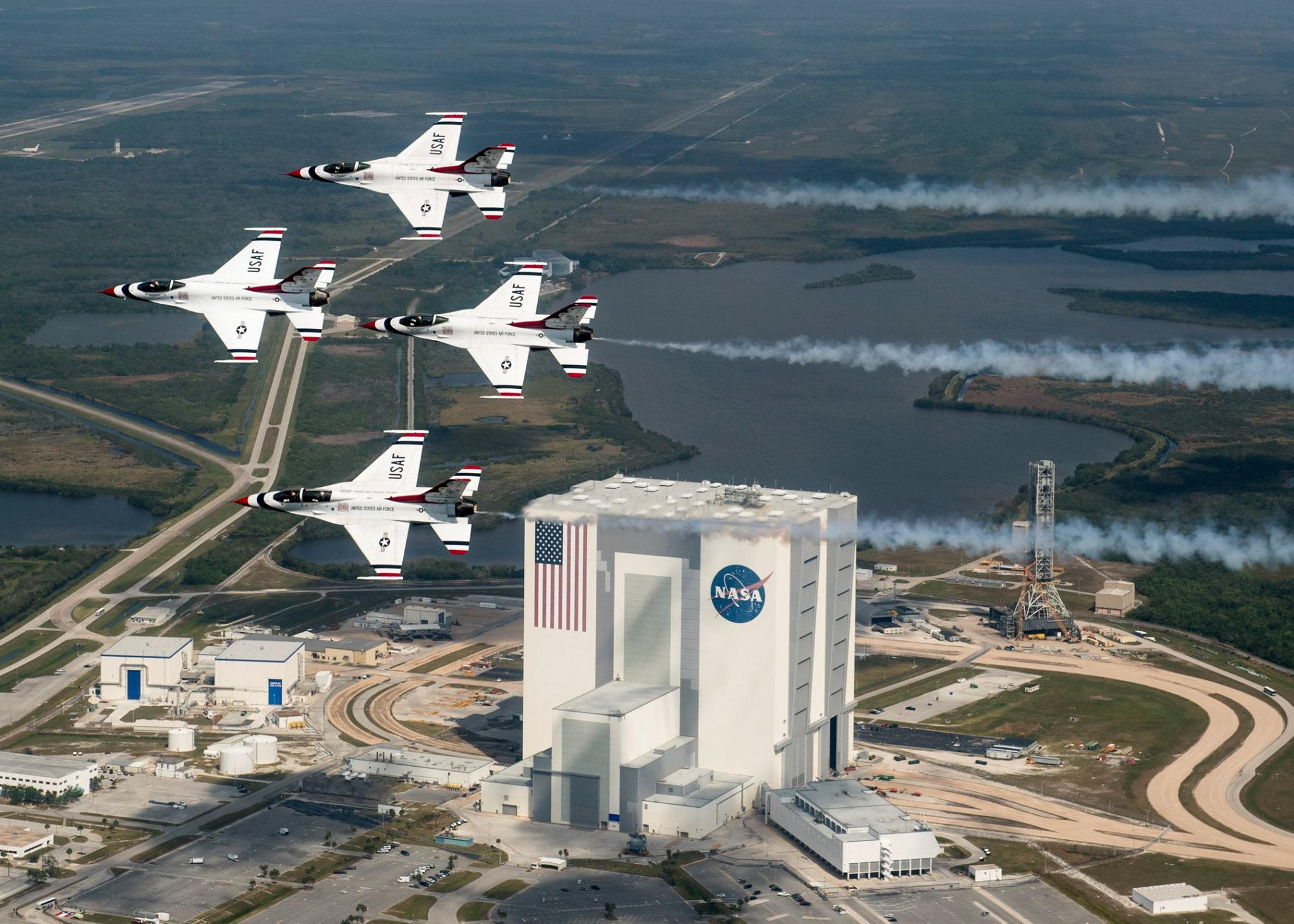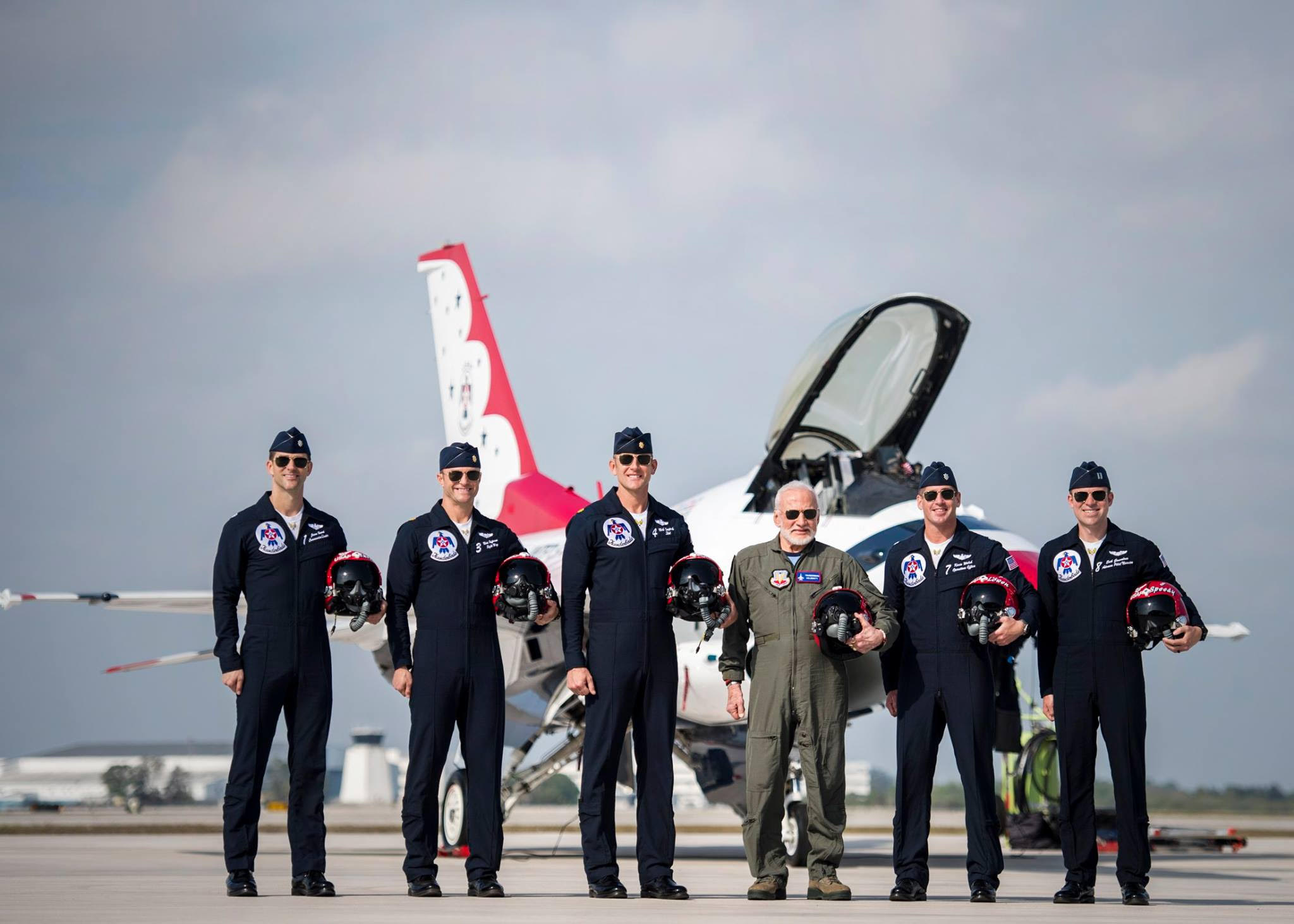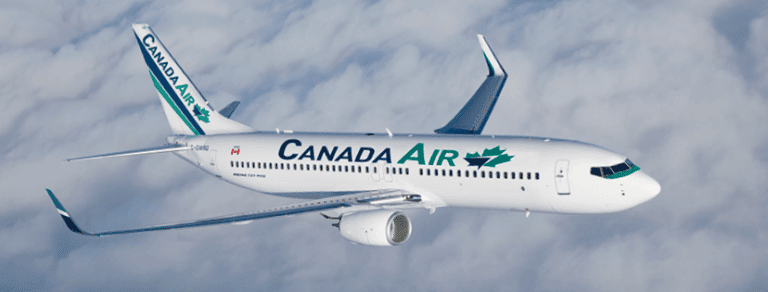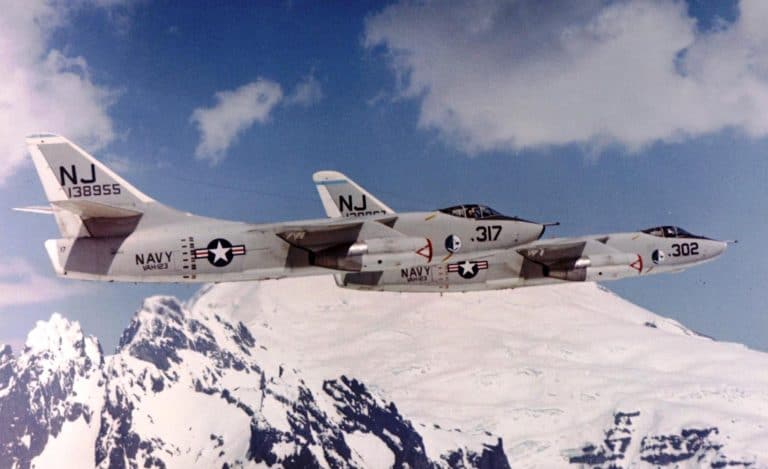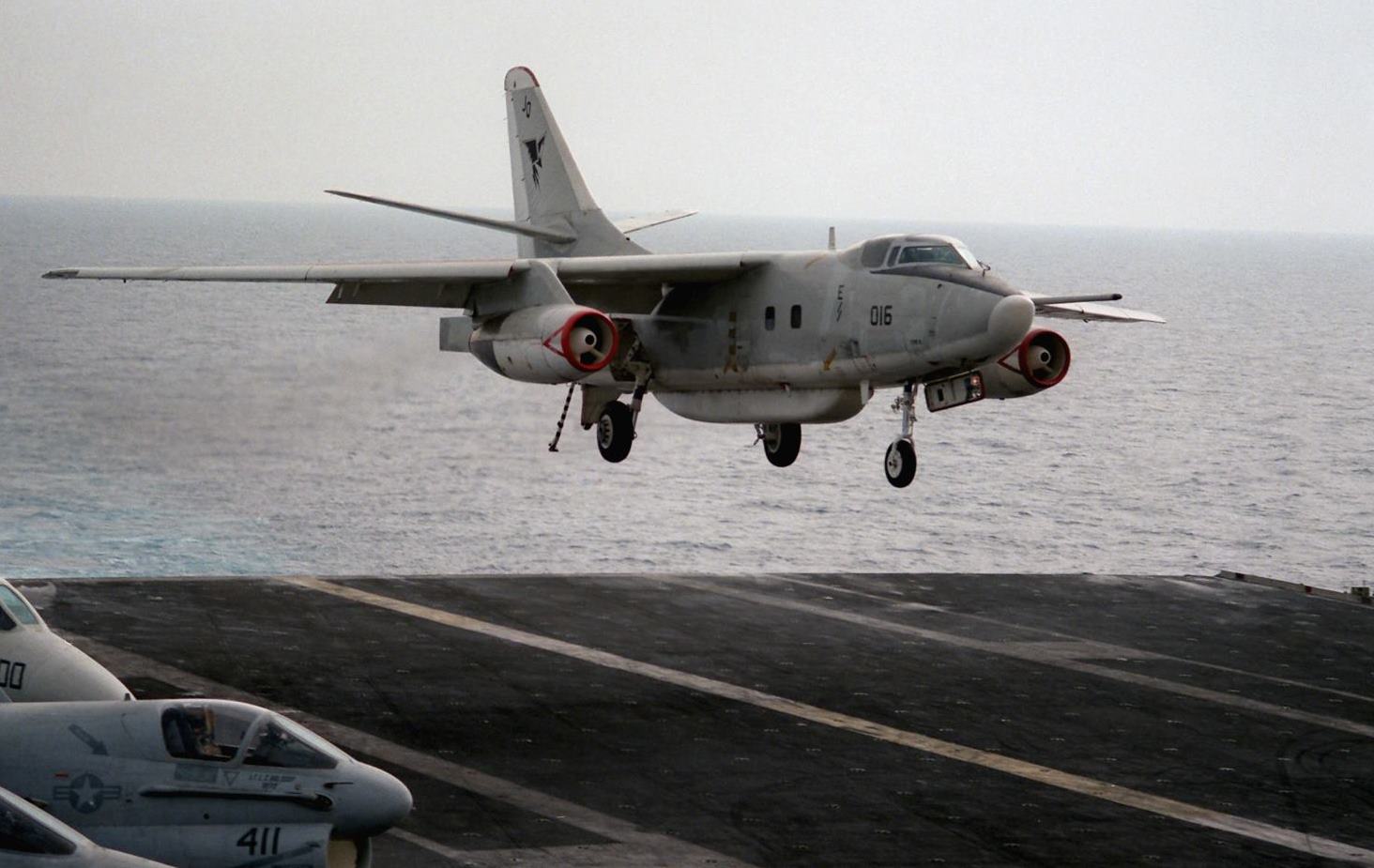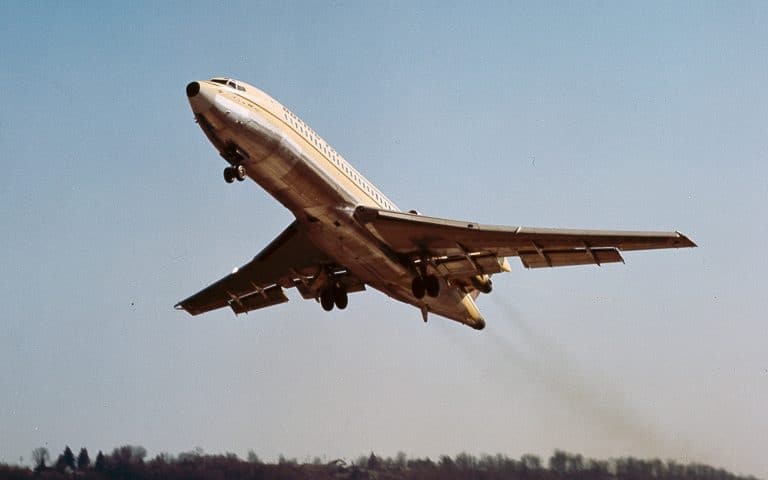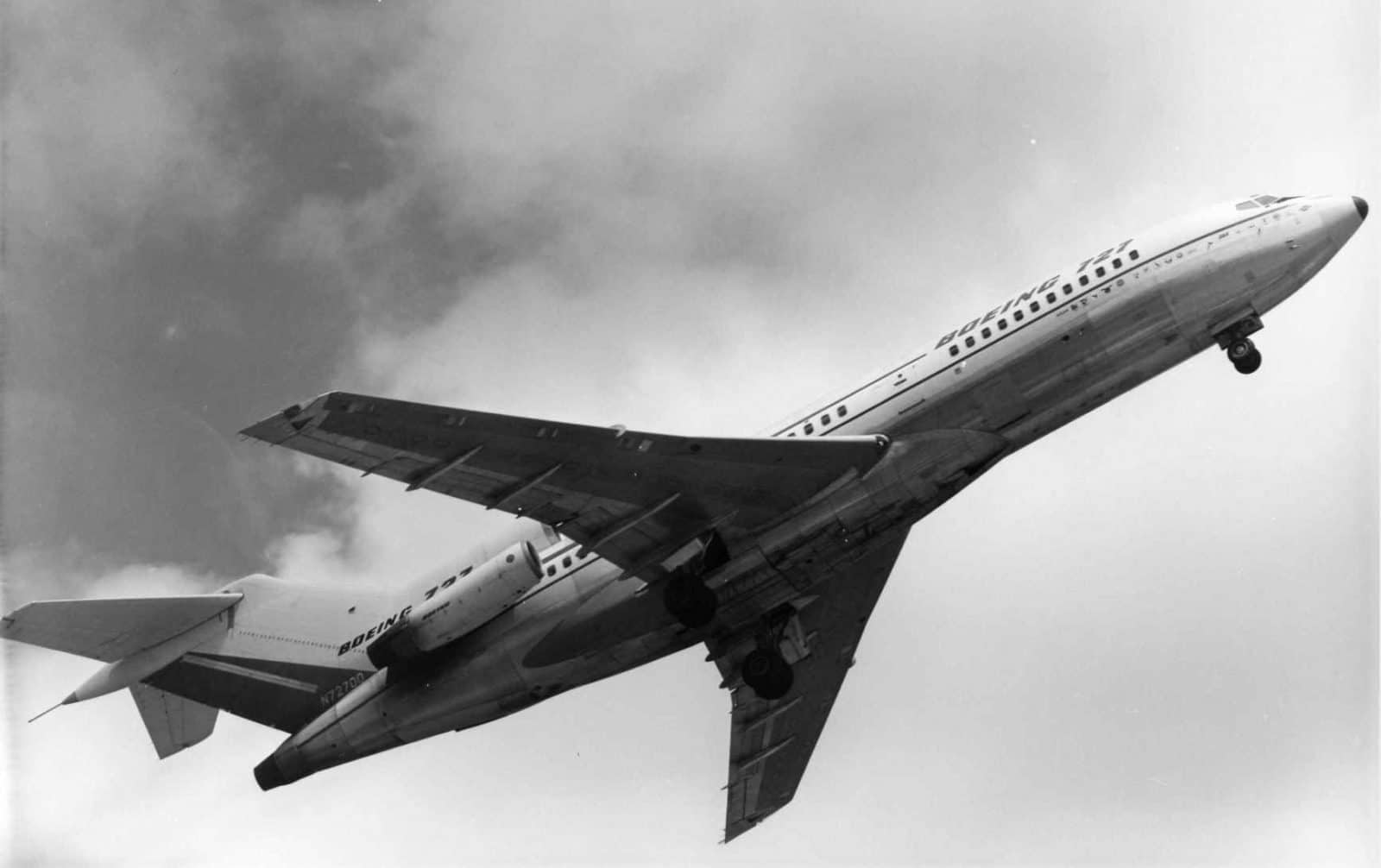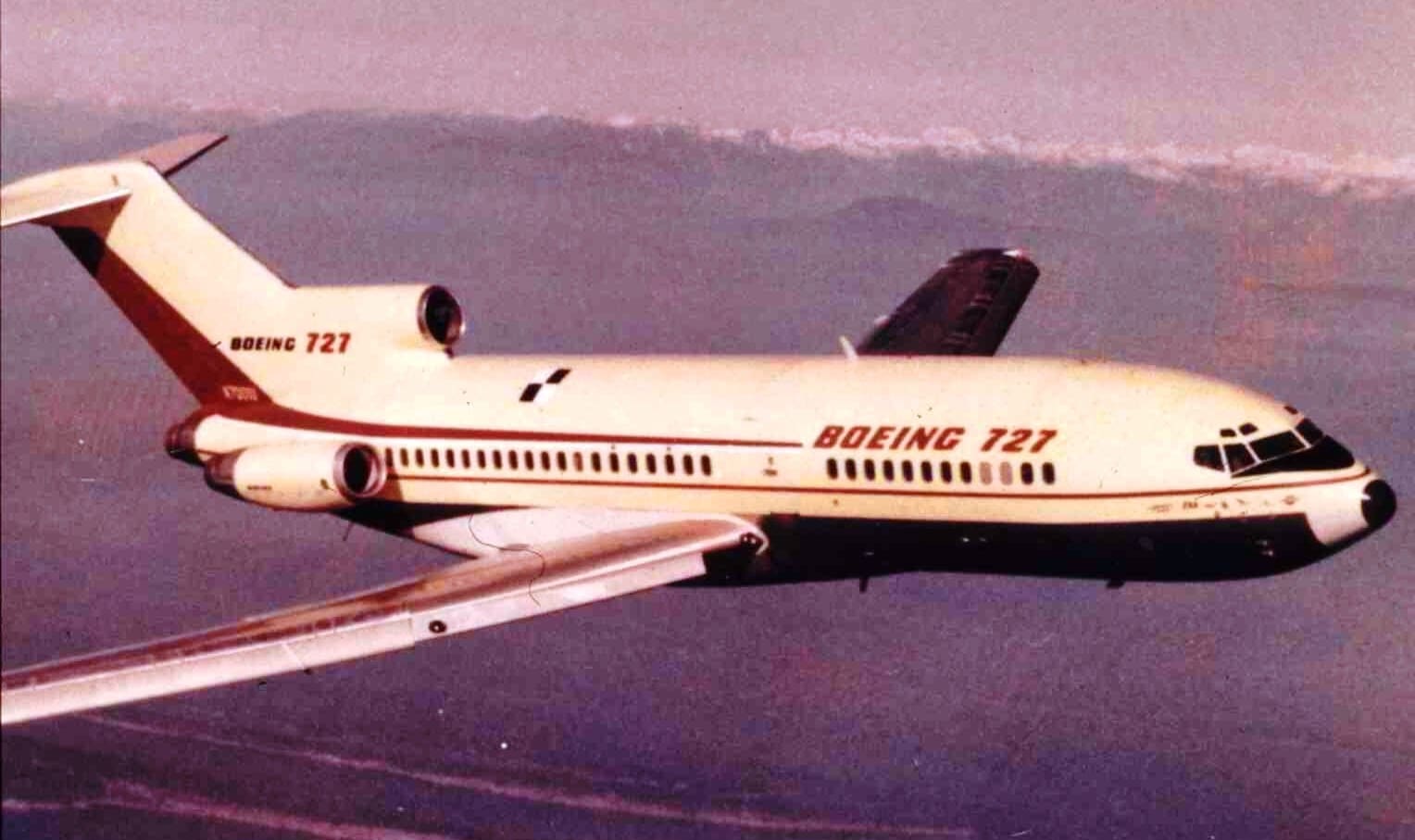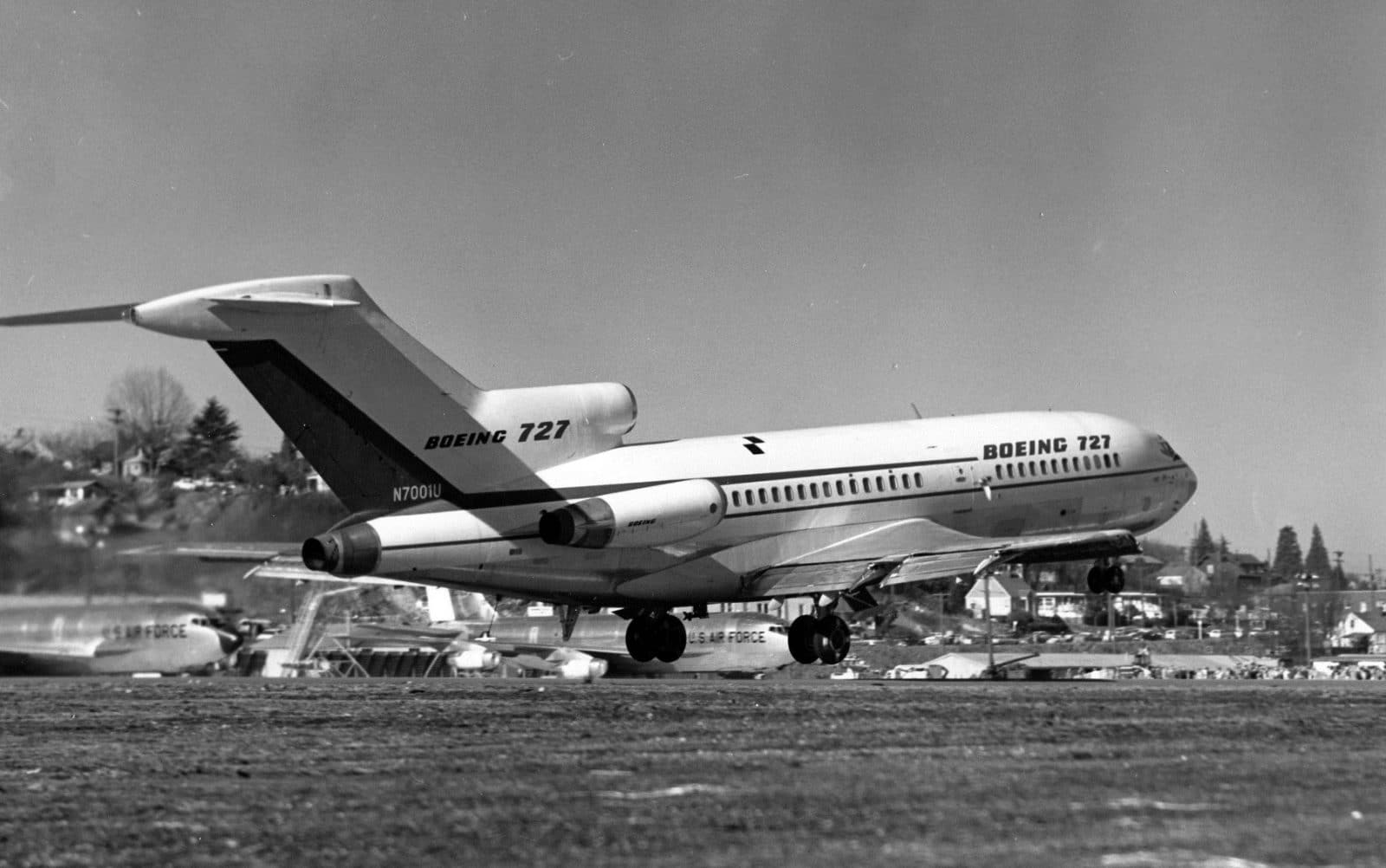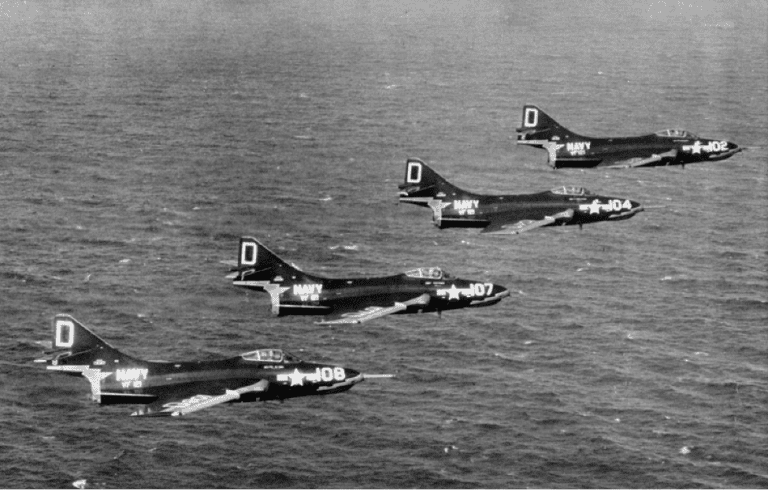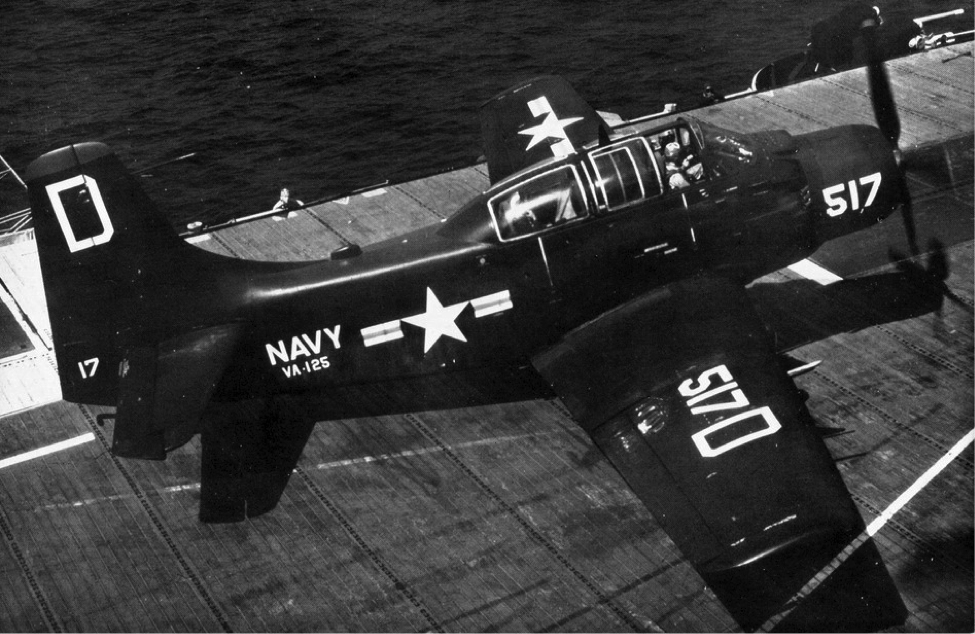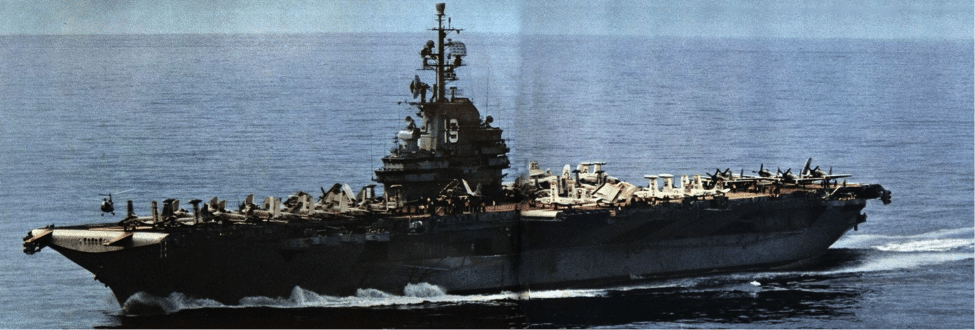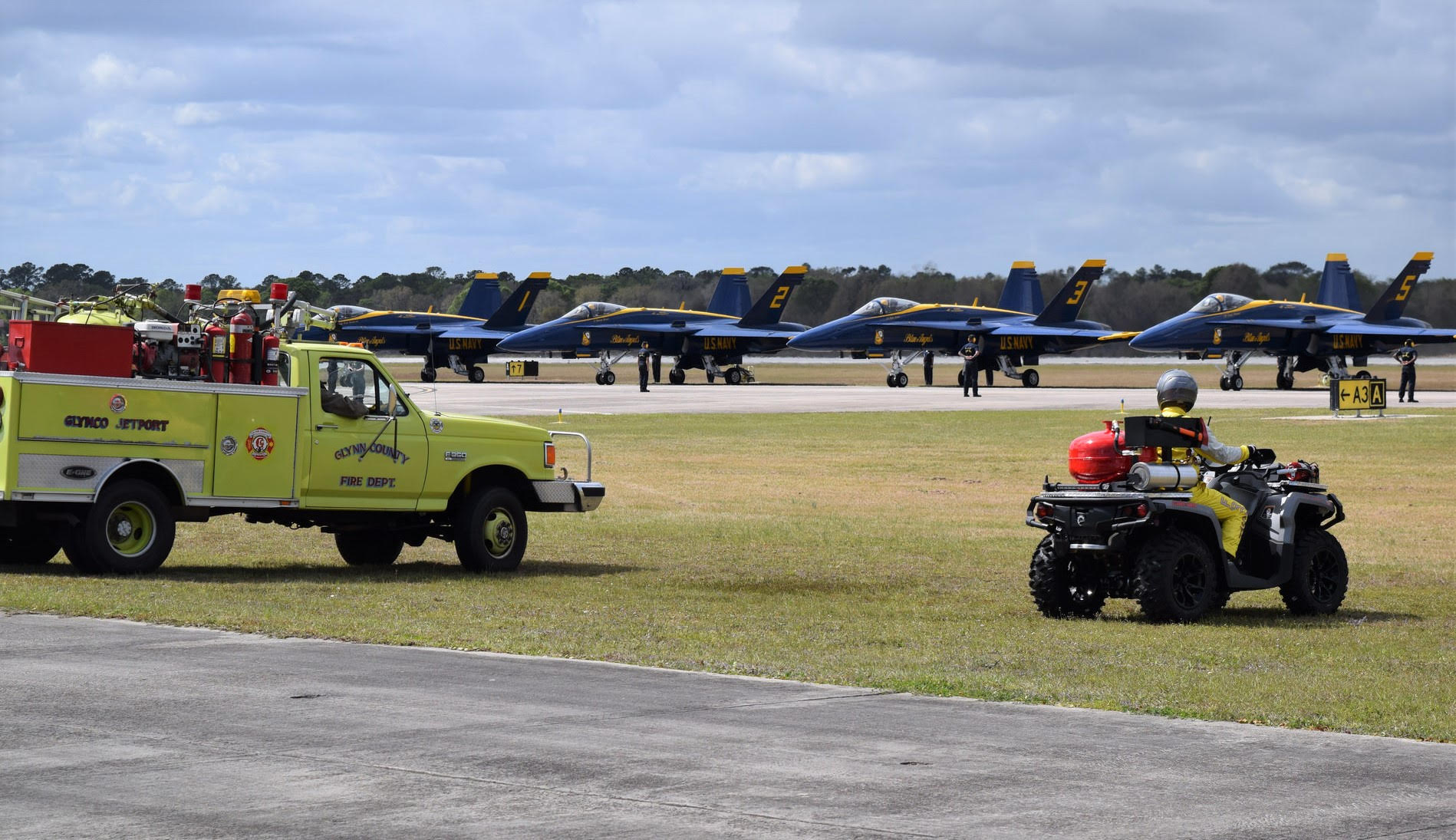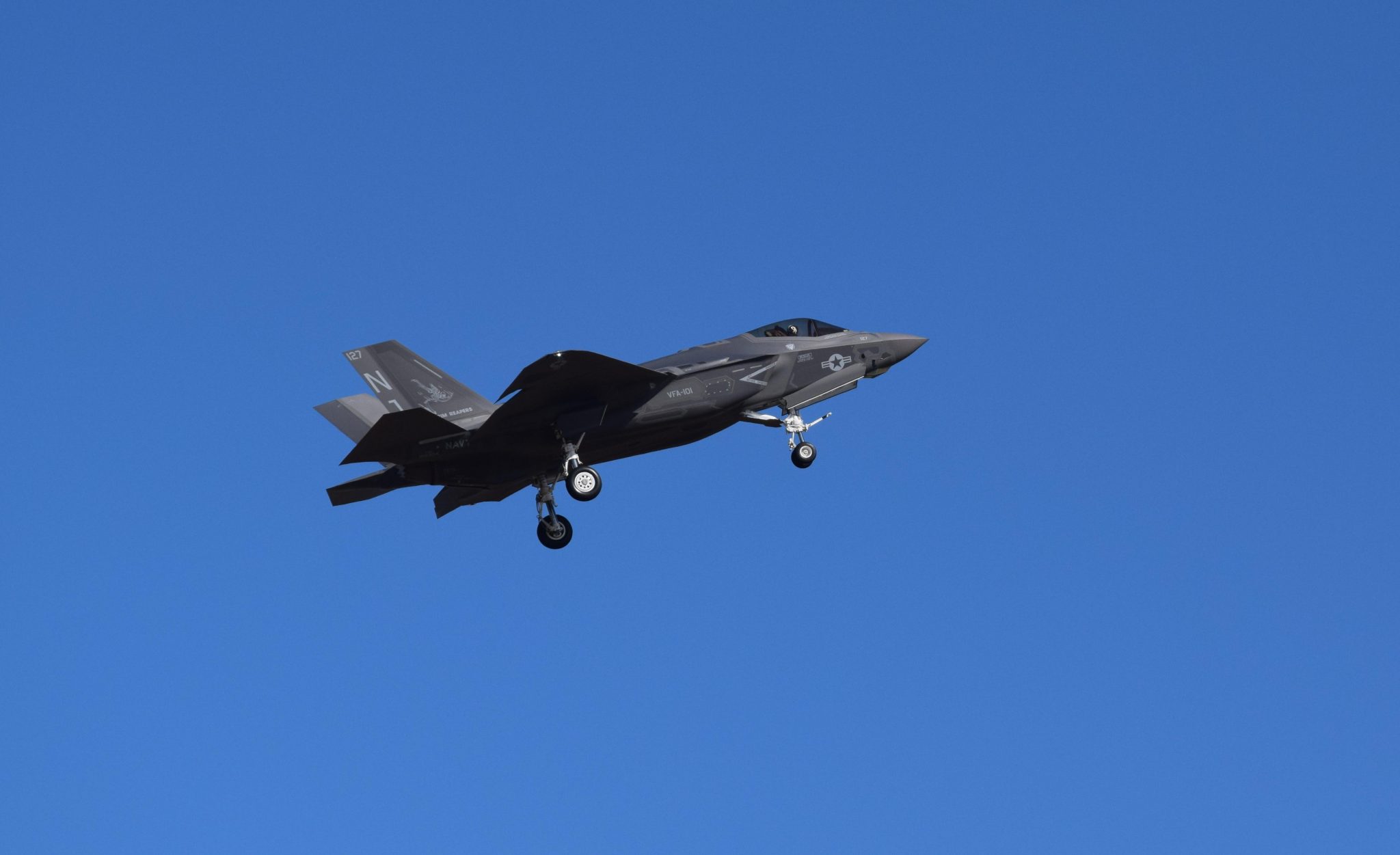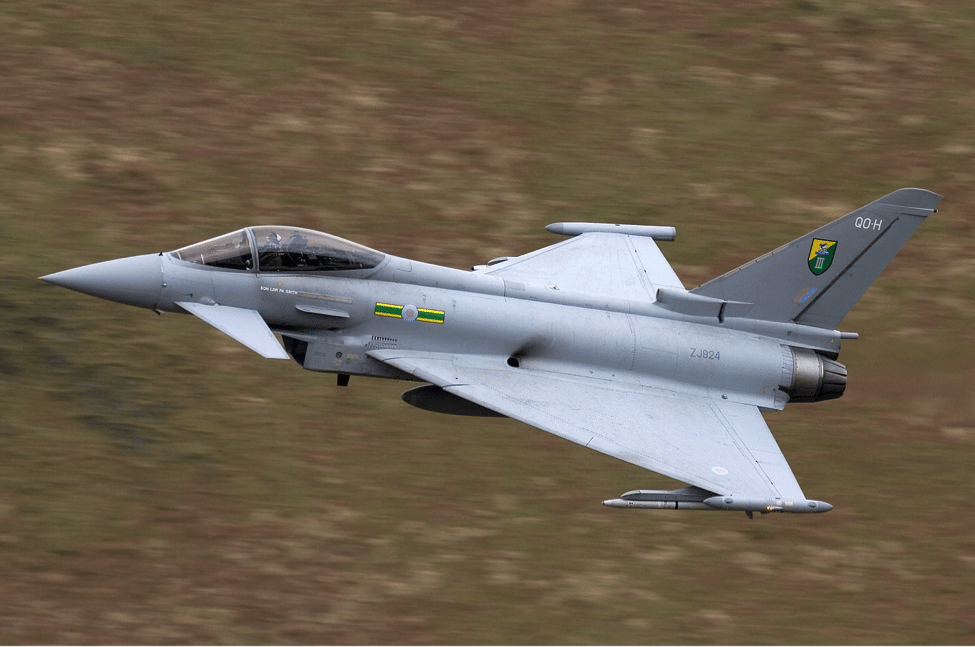Last summer, original Tuskegee Airman Lt O. Lawton Wilkerson once again took to the skies in an AT-6. Not only did he fly in a plane that began his flying career nearly 75 years earlier, but he also flew it at the same place he learned how to fly – at Moton Field in Tuskegee, AL.
Lt Wilkerson was the honored guest of the Legacy Flight Academy (LFA), a 501(c)(3) non-profit organization that conducts character-based youth aviation programs that draw upon the LEGACY of the Tuskegee Airmen. He was at Tuskegee to share his experiences with students from the Double Victory Flight Program, LFA’s 2-week character-development and flight training program.
“I don’t consider myself a hero, the war was over before I finished training,” he often says since he was a member of the Tuskegee Airmen’s lesser known 477th Bombardment Group. ‘Wilk’, as everyone calls him, continued sharing his story to the group of parents and youth assembled to hear him speak at the National Park Service’s historical site. “So the war ended and they didn’t know what to do with us. So, we just ended up ferrying the B-25 to different bases across the country until they figured it out.” Wilk ended up leaving the Service and eventually, we all figured out what to do with the Tuskegee Airmen – honor them for the heroes that they are!
Enter in the Legacy Flight Academy. LFA’s mission is to uphold and sustain the legacy of the Tuskegee Airmen while encouraging youth to pursue aerospace and Science, Technology, Engineering, and Math (STEM) careers. Since 2015, LFA has provided over 250 youth with a free airplane flight and educated over 20,000 more with the inspirational story of The Tuskegee Airmen.
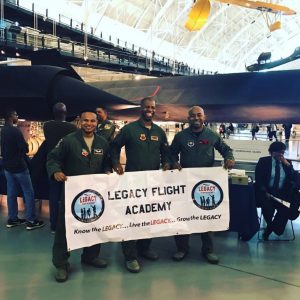 For full disclosure, the founder of LFA happens to be a good friend of mind as we struggled through our aeronautical engineering degree together from the US Air Force Academy. But don’t be mistaken, I would be impressed and inspired by LFA even if I didn’t know him, or the several other Air Force officers who volunteer their time to serve the community and honor such amazing men and women.
For full disclosure, the founder of LFA happens to be a good friend of mind as we struggled through our aeronautical engineering degree together from the US Air Force Academy. But don’t be mistaken, I would be impressed and inspired by LFA even if I didn’t know him, or the several other Air Force officers who volunteer their time to serve the community and honor such amazing men and women.
LFA conducts a 3-tiered program to increase awareness, provide orientation, and ensure preparation for youth to pursue aerospace careers. While their programs focus on under-represented and under-privleged youth, participation in their programs is open to anyone and their message is certainly for everyone! They teach that the Tuskegee Airmen embodied values that are beneficial to young and old alike, black or white, male or female – it is the L.E.A.G.A.C.Y. that LFA is focused on: Loyalty, Excellence, Goals, Attitude, Courage and integritY.
There’s no way to share all that LFA has accomplished or how dedicated they are in this short space, but just a few highlights of their success include being special guests at the White House Conference for Inclusive STEM Education, featured during the Smithsonian National Air and Space Museum Family Day, and of course, providing an original hero with a thrill and experience he will never forget.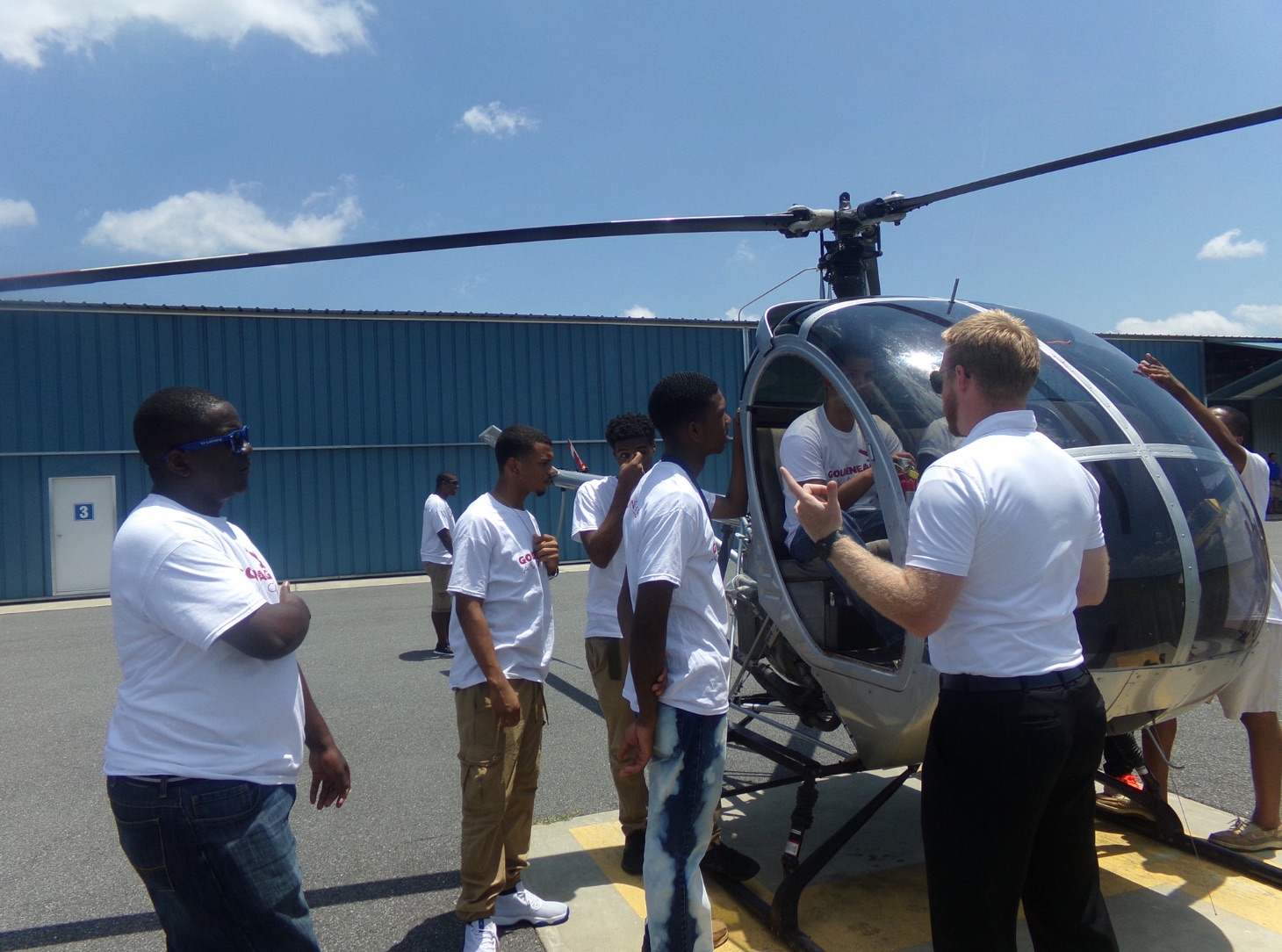
Today, 9 April, LFA will be conducting their first #Tuskegee99 fundraiser with the goal of 99 donors to donate $99 on the 99th day of the year to honor the 99th Pursuit Squadron (the first Tuskegee Airmen unit) and to help them promote the Tuskegee Airmen Legacy. With the goal of providing 500 free flights in 2017 and reaching at least 25,000 youth and adults with this inspirational message, I’m definitely going to support them and I think that several members of the AVGeekery community will as well.
Visit their website for more information and stay tuned because we’re going to keep highlighting the incredible LEGACY of the Tuskegee Airmen and the great work by LFA to ensure that their legacy not only survives, but that it thrives!

